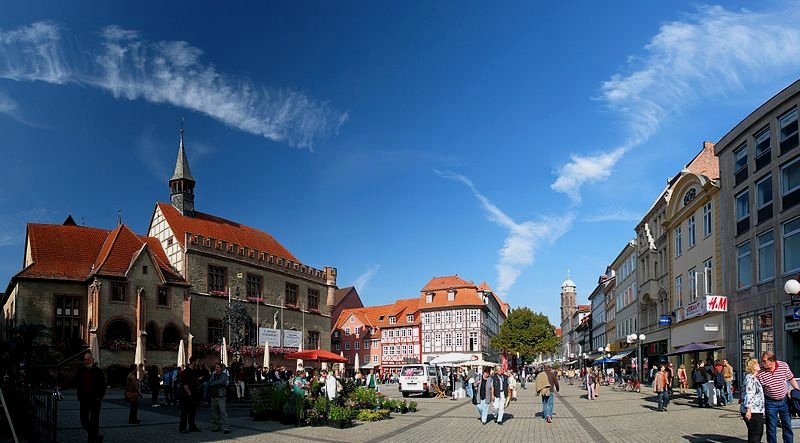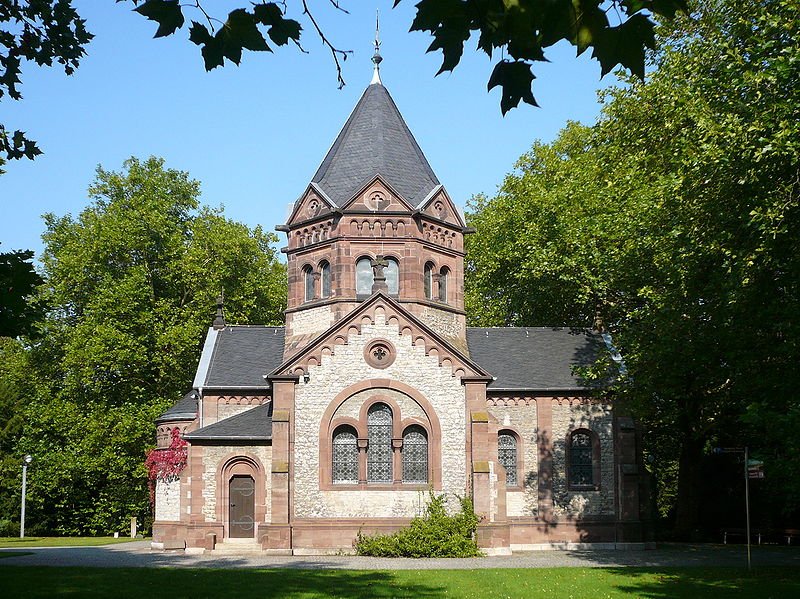 The Market Square of Göttingen in Lower Saxony, Germany
The Market Square of Göttingen in Lower Saxony, GermanySource: https://commons.wikimedia.org/wiki/File:Goettingen_Marktplatz_Oct06.jpg
Author: Daniel Schwen

Göttingen is a town in Lower Saxony, Germany. It covers 140 sq km (54 sq mi) and has a population of 121,000 people (2012 estimate).
Göttingen is a university town. It also serves as district capital of the eponymous district. The River Leine flows through the town. The old town is today a pedestrian zone.
The history of Göttingen goes back to the 10th century, when it was first mentioned as the village of Gutingi. During the medieval period it was a member of the Hanseatic League. Its status as a university town dates to the founding of the Georg-August-Universität in 1737.
Due to its position as a university town, it managed to escape Allied bombing during the Second World War, along with Heidelberg, in return for Germany not bombing Cambridge and Oxford. Today the town has a number of well-preserved timber-framed houses that make it particularly charming.
 Chapel of Göttingen Town Cemetery
Chapel of Göttingen Town CemeterySource: https://commons.wikimedia.org/wiki/File:Goettingen_Stadtfriedhof_Kapelle_01.jpg
Author: Jan Stubenitzky

How to go to Göttingen
You can take the Inter-City Express (ICE) train from Berlin, Hamburg and Munich to Göttingen.Places of Interest in Göttingen
- Albanikirche (St Alban's Church)
- Altes Rathaus (Old Town Hall)
- Gänseliesel (Goose Girl Statue)
- Jacobkirche (St James's Church)
- Johanneskirche (St John's Church)
- Marienkirche (St Mary's Church)
- Nikolaikirche (St Nicholas's Church)
- Sankt Michael Kirche (St Michael's Church)
 Latest updates on Penang Travel Tips
Latest updates on Penang Travel Tips

Copyright © 2003-2025 Timothy Tye. All Rights Reserved.

 Go Back
Go Back